Financial Modeling Template in Data-Driven Decision-Making
Navigating the winding rivers of the business world is akin to conquering the raging rapids of white water rafting. While the surging currents may appear wild and unpredictable from a distance, utilizing the right equipment and techniques allows one to harness the flow and steer toward the desired destination. The financial modeling template for business leaders charting growth strategies is the sturdy raft that prevents being tossed about randomly and grounds strategic decisions in data-driven insights. Like assembling a raft’s frame, building a financial model requires meticulous construction – integrating the tubes of revenue projections and oars of cost assumptions into a cohesive structure. This forms the solid chassis upon which the business exploration will be built. Once the base foundation is set, the qualitative elements enter the frame – the strategic priorities and market analyses that provide directional flow.

Quality modeling brings together art and science, experience and expertise, to shape the contours of the raft. The currents and rapids businesses face are simulated through meticulous scenario planning and sensitivity analysis. Stress testing the cages of assumptions underneath prime the model for turbulence ahead.
Yet even the best whitewater rafts flounder without the power of momentum—the rowing of paddles propelling forward motion. For businesses, templates provide this catalyst force to accelerate modeling. Templates are the pre-built paddles ready to synthesize data into actionable insights quickly. They give the power to cover the modeling distance rapidly.
Like guide rails on river banks, templates channel modeling efforts toward best practices through their pre-configured structure. Extensive use across business terrain has forged their reliability. Leveraging templates enables construction models with elevated efficiency and consistency.
The Essence of Financial Modeling Template
At its core, financial modeling template is a blend of accounting, finance, and business metrics to project a company’s future performance. Models allow businesses to thoroughly plan for the years ahead based on historical data and assumptions about industry trends, economic factors, and internal strategy.
Financial analysts and executives rely on models for tasks like evaluating businesses, analyzing financial statements, planning budgets, estimating growth, and determining resource allocation. Robust modeling arms leadership with the insight to make strategic calls that expand market share and boost profitability.
- Testing and validating: Once built, the model needs to be tested by checking formulas, verifying outputs, stress testing assumptions, and ensuring outputs align with the projections of management. Models should be validated to make them reliable forecasting tools.
- Forecasting and scenario analysis: With a validated model, forecasts can be generated, and different scenarios can be analyzed to understand how outputs would change given other inputs and assumptions. Sensitivity analysis helps understand what variables have the most significant impact.
- Communicating insights: While the model runs in the background, the key is generating insights and transparently presenting forecasts to stakeholders using summaries, charts, graphs, etc. Based on model outputs, recommendations should also be made.
Financial modeling template expertise involves both art and science. The process requires blending quantitative rigor with business acumen and strategic vision to transform data into pivotal insights that empower and accelerate data-driven decision-making.
The best models balance complexity with flexibility, providing a 360-degree perspective on a company’s projected performance.
The Power of Templates in Streamlining Modeling
While models provide invaluable foresight, building them from scratch can be arduous. This is where the financial modeling template comes in and proves invaluable by standardizing and expediting modeling.
Tools like Microsoft Excel offer flexibility to adjust templates across diverse business needs, and the incorporation of top FP&A tools further amplifies this adaptability. Analysts can leverage basic templates for straightforward projections while utilizing more advanced ones for discounted cash flows, leveraged buyouts, sensitivity analysis, and mergers and acquisitions. Rather than structuring models from the ground up, these FP&A tools provide a scaffolding that focuses on inputting relevant assumptions and historical data. Their true power lies in facilitating the quick construction of customized models tailored to each business.
Key Benefits of Using Templates for Modeling
- Reduced Time Investment: Templates significantly minimize time spent structuring models, designing layouts, and integrating formulas. Analysts can allocate freed-up time to focus on company analysis and modeling business specifics.
- Improved Consistency: Models built from standardized templates promote consistency across analyses for the same company or comparables. This enhances reliability when synthesizing model outputs.
- Enhanced Collaborative Modeling: With analysts using the same templates, modeling becomes more collaborative and coordinated. Assumptions and outputs can be easily tracked.
- Error Reduction: Rely-tested templates embed error checks to minimize the risk of formula errors that could compromise model integrity and output accuracy.
- Visual Appeal and Easy Understanding: Templates make models visually cleaner, well-structured, and more accessible for stakeholders to understand. The format highlights key outputs.
- Quick Scenario Planning: The standardized structure allows the rapid development of different forecast scenarios based on varying assumptions and inputs.
Financial Models as Decision-Making Engines
While templates build models’ foundations efficiently, they drive critical business decisions. Leadership leverages financial modeling templates across functions like:
- Strategic planning: Models guide decisions around capital raising, budgeting, growth identification, resource allocation, and forecasting. They provide data-driven direction for business strategy.
- Valuations and comparisons: Models are pivotal for evaluating business units, estimating acquisition costs, and comparing industry performance. This facilitates lucrative investment decisions.
Additionally, models enable robust valuation analysis and competitive benchmarking to facilitate lucrative deals and performance improvement. Models help assess acquisition opportunities by forecasting cash flows, synergies, and valuation multiples. This provides an analytical estimate of a fair acquisition price based on quantified earnings potential.
Internal business unit models allow performance comparisons and benchmarks by normalizing data and measuring against key metrics like ROIC. This identifies which units are generating the highest returns on invested capital.
Industry competitive benchmarking can also be conducted, comparing profit margins, growth rates, and other KPIs to pinpoint specific performance gaps and opportunities vs. peers. The quantitative insights derived from well-constructed comparative models thus inform better investment decisions and growth strategies.
According to the Corporate Finance Institute, sectors like investment banking, equity research, asset management, corporate accounting, and private equity rely heavily on financial modeling templates, with the aid of equity management software, to shape decisions and identify optimal growth opportunities.
Models in Action: Projecting Sales Growth
The true merit of templates lies in developing customized models that tackle specific business challenges. Let’s explore a common example – modeling sales growth.
Leadership can leverage historical sales data, pricing trends, and assumptions around market conditions to project growth. A model may incorporate drivers like:
- Customer acquisition costs: Past and estimated future spending on marketing campaigns, promotions, and sales teams to acquire new customers.
- Customer lifetime value: How much revenue does an average customer generate over their lifetime?
- Churn rate: The number of customers that end relationships with the company monthly.
- Sales price: Pricing history and future price changes based on competitors and market conditions.
- Market size: The total addressable market and expected expansion.
Example of Building a Sales Forecast Model
Let’s walk through an example of how an analyst would build a sales forecast model for an expanding retailer.
First, the analyst gathers at least 5 years of historical sales data from financial statements, separated by distribution channel – online vs. physical stores. This reveals growth trends and seasonality. Online sales may grow at 20% annually, while physical stores grow at 3% as e-commerce cannibalizes brick-and-mortar traffic.
Next, external industry sales growth projections are compiled. Online retail may be projected to grow at 15% yearly, while physical retail declines by 2% annually due to closures. The analyst also researches market size, competitors, and market share data.
The analyst then makes key assumptions tied to growth strategy:
- New store openings by year, accelerating online channel investment
- Product category expansion goals
- Planned marketing spending and expected ROI
- Impact of loyalty program rollout on retention
- Expected market share gains from expanding brand awareness
With the framework built, sales are projected by the distribution channel. Online sales grow based on new customer acquisition, market growth, and accelerated investments. Physical stores incorporate openings, closures, foot traffic trends, and category expansion.
The model runs sensitivity analysis around assumptions that carry risk. If new store productivity exceeds expectations, the model projects lower sales from reduced store rollout. A larger marketing budget generates more sales from customer acquisition.
Scenarios help plan for headwinds. A recession scenario incorporates lower industry growth, delayed marketing plans, and traffic declines. The model quantifies sales risk for contingency planning.
Ongoing, the analyst fine-tunes the model with new data. Actual new store productivity informs store opening pace. Category sales mix evolves as strategy shifts. The analyst also checks formulas, validates against other data, and aligns closely with management to keep the model relevant.
Sales Model
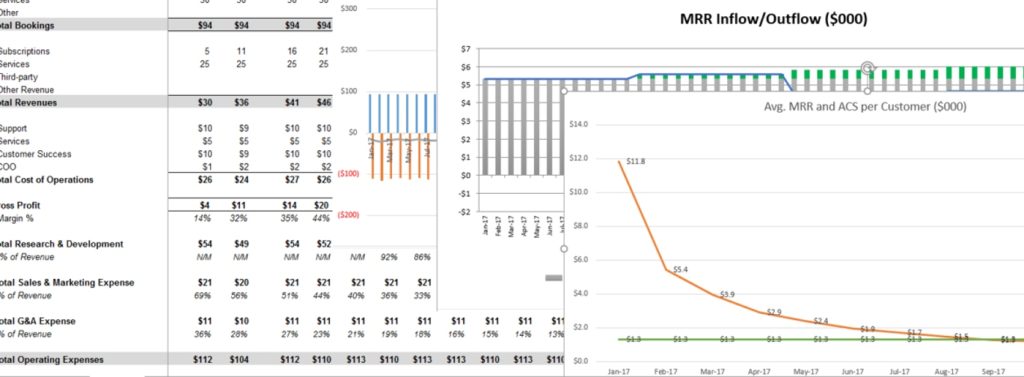
With an accurate sales model in hand, the retailer is equipped to:
- Set realistic growth targets and incentive plans for the sales team
- Streamline budgeting across HR, inventory, and operations based on sales forecasts
- Identify risk factors that influence sales, plan contingencies
- Determine optimal resource allocation for growth initiatives
- Continuously revise strategy based on model feedback
In summary, the sales model integrates historical data, external projections, and internal assumptions into actionable sales forecasts. It enables data-driven planning across the business to pursue growth based on modeled outcomes. The analyst brings the sales projection to life by emphasizing relevance, accuracy, and practical application.
With the power of a financial modeling template, sales forecasts transition from guesswork to a quantitative process with immense strategic value. Models enable businesses to peer into the future more clearly and proactively plan to accelerate growth. Enhance your strategic planning further by leveraging a sales forecast calculator, turning the quantitative process into a precise tool for accelerated growth.
Templates jumpstart the modeling process so analysts spend time uncovering insights rather than building frameworks. With consistent enhancement and diligent analytical rigor, sales projection models become trusted beacons guiding business growth. For those looking to enhance their financial modeling, a well-structured and free revenue projection template can be a valuable addition to your toolkit.
The Need for Airtight Validation
While building robust financial models is crucial, equally vital is comprehensively validating models to ensure absolute reliability. Rigorous validation transforms models from speculative guesswork into trusted strategic guidance.
Thorough Validation Evaluates Four Key Aspects
- Formula Integrity: Every formula is checked to confirm proper logic and sequence. Common errors like incorrect cell references are eliminated. The goal is flawless mathematical flow.
- Output Accuracy: Multiple spot checks confirm whether outputs match historical data and management expectations. Analysts verify alignment with actual financial statements and KPIs. Outputs that deviate materially require investigation.
- Assumption Validity: Key assumptions like growth rates, expense projections, and ratio analysis are proven against research data and benchmarks. Overly optimistic or pessimistic assumptions distort projections and are refined.
- Model Relevance: The model’s framework is continuously checked to ensure relevance to evolving business metrics and priorities. Outdated models fail to provide meaningful insights.
Thorough Validation Applies Various Techniques
- Sensitivity analysis: Assumptions are stress-tested to understand output variability. Which levers most influence outputs when flexed?
- Scenario modeling: Different model versions are created based on best/worst/most likely scenarios. This provides a spectrum of potential outcomes.
- Peer review: Fellow analysts inspect the model for errors, outdated logic, and improvement suggestions. A fresh perspective identifies blindspots.
- Management alignment: Executives weigh in on whether projections align with internal targets and strategic reality checks. This perspective is invaluable.
- Variance analysis: Actual business results are fed into the model to quantify deviations from projections. Performance drivers are reevaluated.
- Dashboard outputs: Key metrics and trends are presented visually to highlight validation issues quickly. Dashboards act as model gatekeepers.
In many cases, models reveal their own limitations during the validation process. Rebuilding aspects of the model becomes an iterative process until outputs stand up to rigorous scrutiny.
The validation process culminates in a comprehensive audit. All components are rechecked before the model becomes a trusted strategic tool. Ongoing validations keep the model tuned up.
The Indispensable Role of Templates and Models
At their core, financial modeling templates enable complex analyses to be consistently structured, customized to any business context, and tested for reliability. The models subsequently built provide data-driven insights that shape decisions fundamental to growth and profitability.
While modeling requires subjective assumptions, templates introduce uniformity. A financial modeling template rooted in historical data gives leadership a crystal ball to peer into the future. Rather than operating purely on intuition, models inject data and analytics into strategy.
In today’s uncertain economic environment, data-driven analysis is critical to outmaneuvering disruption. By combining templates and modeling, leadership can steer their company’s fortunes based on intelligence rather than chance. While the future remains unpredictable, data empowers leaders to meet it confidently.
Importance of Financial Modeling Templates in Data-Driven Decision-Making
While building models from scratch allows for total customization, it is also time-intensive and duplicates effort. Thoughtfully designed templates incorporating best practices enable financial analysts to devote more time to gathering inputs, testing assumptions, and modeling scenarios. With industry-specific templates covering core models like DCF analysis, LBO models, mergers models, and more, analysts can rapidly construct models tailored to each business case.
The standardization, flexibility, and example guidance templates accelerate the modeling process while reducing errors. Equipped with robust and adaptable models, leadership can make key strategic and financial decisions backed by rigorous quantitative analysis rather than gut instinct alone. Utilizing templates in a complex data-driven business landscape gives organizations a competitive edge in leveraging financial modeling templates for impactful decision-making.
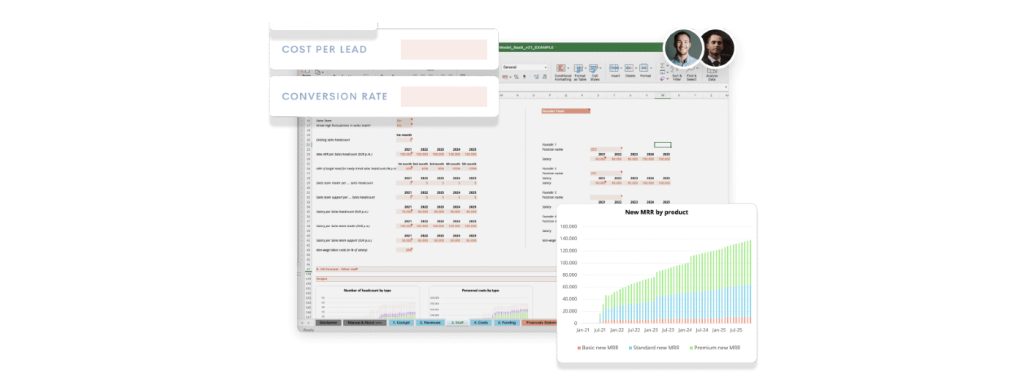
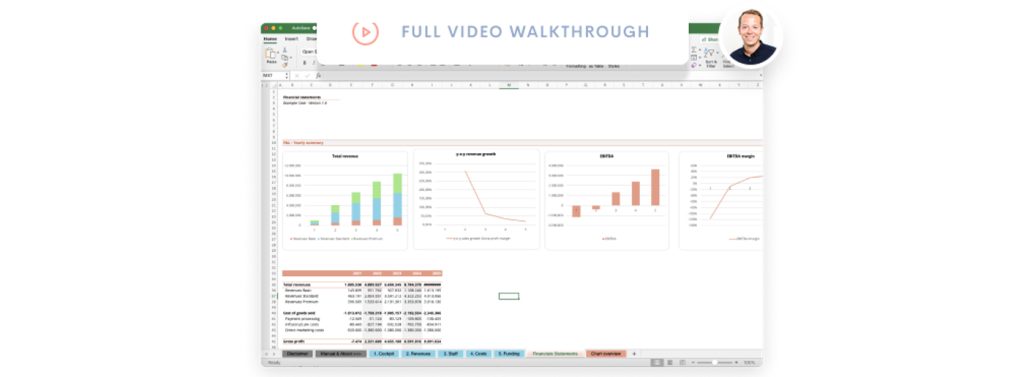
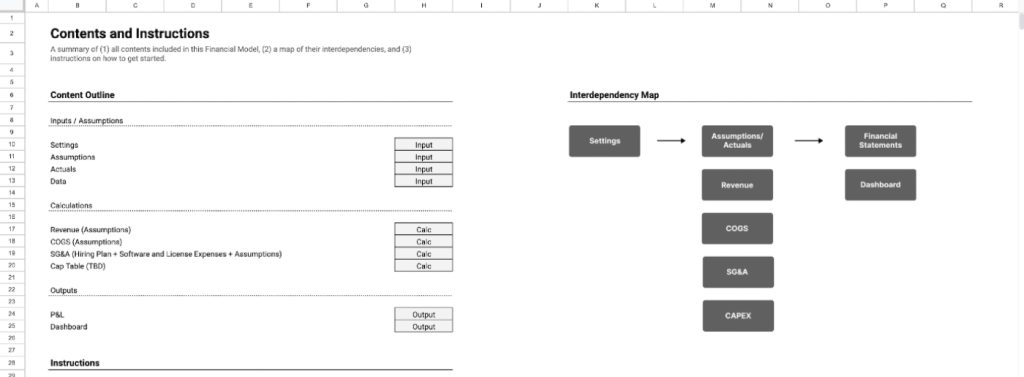
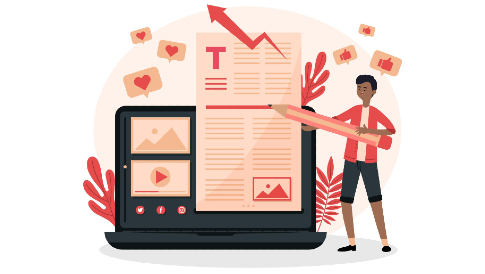



Leave a Reply